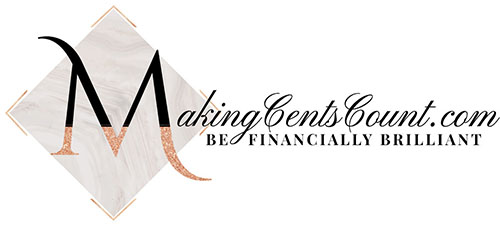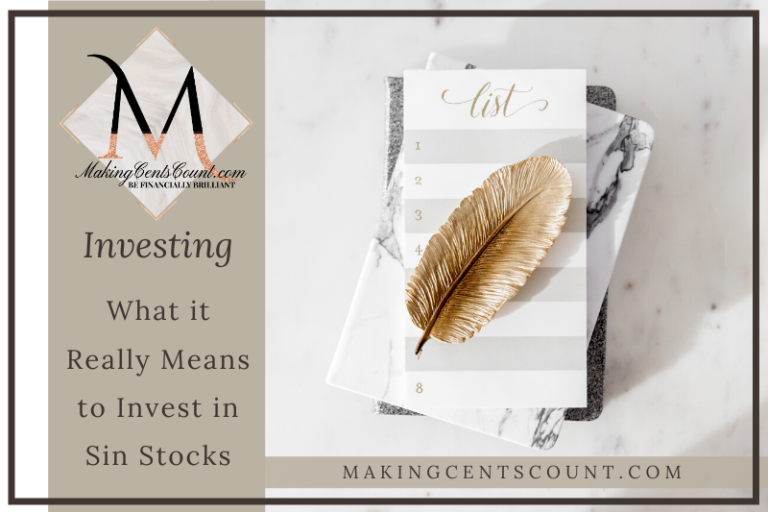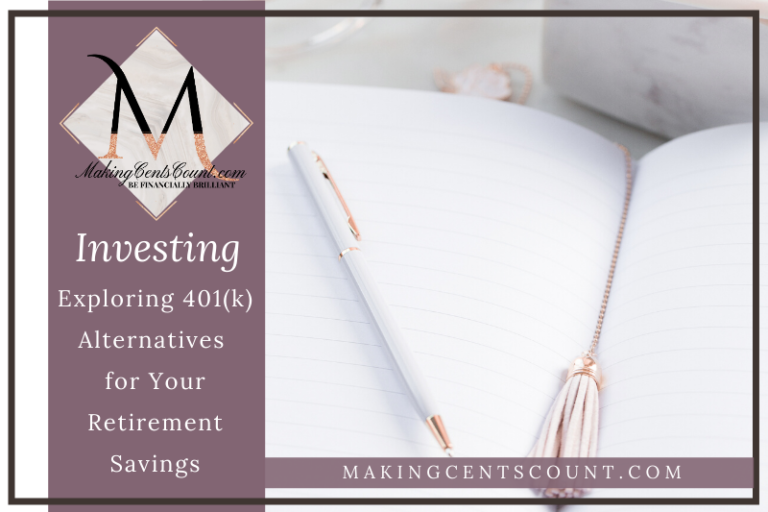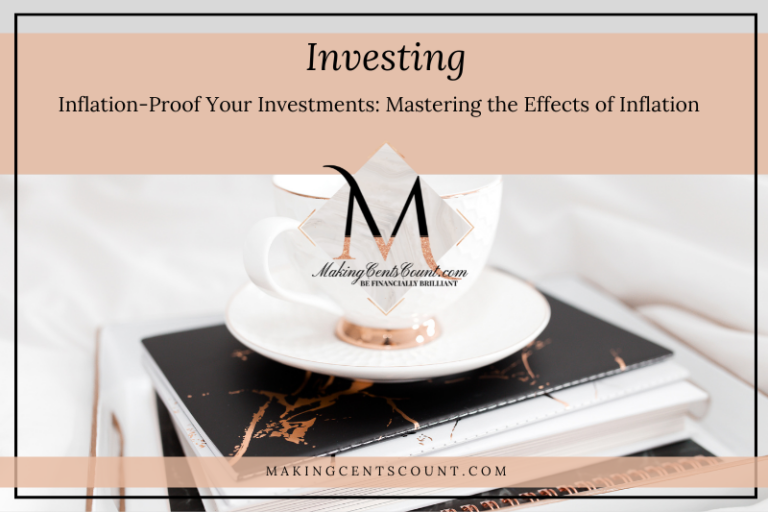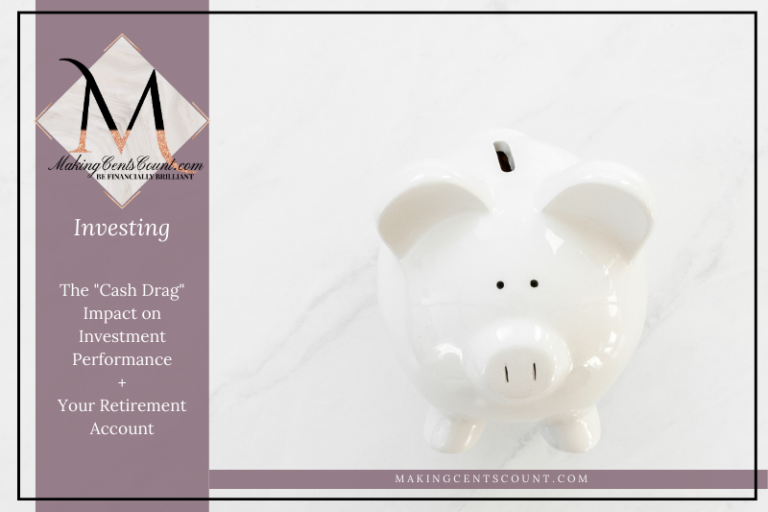Crafting Your Ultimate Retirement: Diversify Your Investments for a Dreamy Future
Estimated reading time: 10 minutes
What does your ideal retirement entail? Are you jetting off to explore the world, or basking on a sun-kissed beach (a personal favorite of mine)? Regardless of what retirement means to you, establishing a diverse investment portfolio will bolster your savings, bringing your dream — whatever it may be — within reach. With the right strategies, you can make sure your future is secure.
Table of Contents
- The Power of Diversification: Unlocking the Potential of a Varied Investment Portfolio
- Find Your Perfect Match: Assessing Risk Tolerance in Relation to Your Investment Portfolio
- Maximize Your Wealth: Investing with Your Employer-Sponsored Qualified Retirement Plan
- Retirement Bliss: The Power of a Roth IRA
- Diversify and Prosper: The Power of Self-Investment in Portfolio Building
- Living the Dream: Achieve Your Ultimate Retirement Goals
- Level Up Your Post-Retirement Lifestyle with Burhoe Insurance Solutions
- Making Cents Count Financial Organizer
Are you ready to start investing, control your finances, and prepare for retirement? Join our amazing community! You’ll receive exclusive financial tips from Making Cents Count, as well as unlimited FREE access to our resource library full of money-saving tools and guides.
The Power of Diversification: Unlocking the Potential of a Varied Investment Portfolio
A mere wish, a dream without a plan, holds little weight. So, no matter what your envisioned retirement entails, meticulous planning becomes imperative. According to AARP (and numerous other reputable retirement advisory sources), you need at least $1 million to $1.5 million saved to live comfortably in retirement.
In essence, to retire by the age of 67, it is advisable to aim for a savings amount that is 10-12 times your final salary. This approach ensures financial security and enables a comfortable retirement.
Supercharge Your Retirement Savings for a Secure Future
In order to enhance your retirement savings, it is vital to ensure a diversified investment portfolio. This entails investing in multiple avenues rather than consolidating all your funds in a single entity. By creating a diverse investment portfolio, you can have peace of mind, knowing that you have allocated your funds optimally across various asset classes, as opposed to just one.
It is not advisable to invest all your funds into a single asset class, such as low-interest fixed accounts, with limited returns. Avoid the risks associated with overexposure to the stock market or being solely tied up in real estate. Instead, opt for a strategic allocation of your portfolio, considering your personal risk tolerance. This approach can enhance the quality and diversity of your investments, promoting a well-rounded financial strategy.
Find Your Perfect Match: Assessing Risk Tolerance in Relation to Your Investment Portfolio
Now, if you aren’t sure where you fall on the risk tolerance spectrum, check out Is Your Risk Tolerance Holding You Back from Investing? Risk tolerance takes in several factors, including time until retirement, current financial status, debt, and more.
When it comes to diversification based on your retirement timeline, it’s important to consider a balanced approach. A general rule-of-thumb is that the younger you are, the more risk you may be able to tolerate in relation to market fluctuations. This is because, with more time until retirement, you have the opportunity to recover from losses and adjust your investment mix when needed. Remember, thoughtful planning can help pave the way for a secure future.
Regardless of your investment choice, it is crucial to consider your risk tolerance. If the investment’s volatility is causing sleepless nights, it is a clear sign that you need to reconsider your choice.
Boost Your Investment Portfolio: Unraveling the Inverse Relationship
It’s important to note some investments have what’s called an inverse relationship, or, as known as: the seesaw effect. As one investment goes up, another investment will go down. So when interest rates are on the upswing, during that same timeframe, bond prices are often tanking.
Because of this inverse relationship, you want to build a diverse and varied investment portfolio. If some of your investments are underperforming (or not performing quite as well as you had hoped), there’s a higher chance your other investments will start exceeding your expectations to create the balance you need.
Maximize Your Wealth: Investing with Your Employer-Sponsored Qualified Retirement Plan
One of the most prevalent ways individuals miss out on free money is by not taking part in their employer’s 401(k) plan, especially when the plan includes a company match! Don’t let yourself fall into this category. Make sure you’re taking advantage of all the benefits available to you.
According to the Financial Industry Regulatory Authority (FINRA), fully utilizing the match can double your savings, yielding a substantial financial boost, even if there is no increase in the value of your investments.
Free Money Alert: Unlock Extra Cash with the Company Match
Have you ever wondered why leaving the company match untouched is such a missed opportunity? Let’s run the numbers: Imagine your company match is set at 4%. If you allocate 4% (pre-tax) from your paycheck towards your 401(k) account, your company will generously match your contribution, penny for penny, up to the total of your own 4% contribution! It’s akin to doubling your investment, and we like to call it the absolute epitome of FREE MONEY! Don’t let it go to waste!
Now, if you’re contributing 10% into your 401(k), your company will still only contribute up to their 4% match cap, but it’s a good deal, nevertheless. My suggestion is to find out if your employer offers a company match. That matched amount should be your MINIMUM target for contribution.
Remember, if you aren’t contributing up to the matched amount, you are essentially giving away free money (translation: more retirement dreams) year-after-year.
Unleash the Tax-Deferred Magic: Maximize Your Contributions
Contributions to employer-sponsored retirement plans are made on a pre-tax basis, making them “tax-deferred.” This means your taxable income is reduced, providing relief when tax season rolls around. Not only do you benefit from tax deferral now, but you also postpone tax payments until you begin taking distributions in the future.
If you have a retirement plan from your employer but are unsure of its type, I invite you to check out 7 Retirement Plans Explained. This post should give you clarity on the various types of retirement plans available, in addition to the benefits that each plan offers.
Including a 401(k) or any other employer-sponsored qualified retirement plan is a prudent choice for a diverse investment portfolio. However, if such a plan is not available, don’t worry. There are numerous alternative investment options for you to consider.
Retirement Bliss: The Power of a Roth IRA
Consider a Roth IRA as an alternative for your retirement savings. It can serve as a valuable supplement to your diversified investment portfolio.
There is a common misconception that upon retirement, individuals will automatically find themselves in a lower tax bracket. However, this isn’t always the case. The tax bracket you are placed in during retirement is determined by several factors, including your taxable income and the distributions you receive from specific investment accounts. These considerations play a pivotal role in establishing the appropriate tax classification for individuals during their golden years.
Maximize Tax Efficiency: Optimize Your Retirement Funds with Staggered Strategies
Diversifying your investment portfolio offers a compelling reason – boosting your capacity to manage your retirement savings effectively. Strategically withdrawing funds from different investment accounts can help minimize taxable income during your retirement years.
Failing to withdraw retirement income from your most tax-efficient investments could potentially lead to an unintended increase in taxable income during retirement. To ensure optimal financial management, it is crucial to exercise prudence when creating a diverse investment portfolio.
Let’s delve into the realm of Roth IRA. Ever since its introduction through the Taxpayer Relief Act of 1997, this financial avenue has proven to be an overwhelming success from the very beginning.
Battle of the IRAs: Roth vs Traditional – Which is Right for You?
Contributions to a Roth IRA do not qualify for tax deductions as they are for the Traditional IRA. The greatest advantage of the Roth IRA is that any withdrawals made from it are not included in your gross income. The tax-free distribution you receive during your retirement will prove to be invaluable, offering substantial financial relief that can make a significant difference in your post-work years.
Both the Roth IRA and the Traditional IRA have the same contribution limits. However, what sets the Roth IRA apart is its widespread appeal – individuals of any age can establish a Roth IRA, as long as their income levels do not exceed certain thresholds. This makes it an excellent option for the majority of people.
Regardless of having an employer-sponsored retirement plan, eligibility for a Roth IRA is not dependent on it. Contributions to a Roth can be made at any age and are not required to stop at age 70 ½. Incorporating a Roth into your diverse investment portfolio for retirement is an excellent choice.
Diversify and Prosper: The Power of Self-Investment in Portfolio Building
While having both an employer-sponsored qualified retirement plan and an IRA is advantageous, it is worth contemplating expanding your diverse investment portfolio with after-tax investments. By doing so, you can optimize your financial strategy and enhance your long-term prospects.
Starting now becomes even more crucial when your employer doesn’t provide a retirement plan. Take charge of your future and make the most of this opportune moment by exploring retirement alternatives!
Wondering where to invest? If you tend to avoid risk, High-Yield or Bond funds might suit you. For a stable investment, Balanced funds are worth exploring. If you’re seeking higher growth potential, consider Growth or International funds — but buckle up for an exciting journey ahead!
Living the Dream: Achieve Your Ultimate Retirement Goals
Tracking your retirement progress is surprisingly simple. If you’re feeling overwhelmed and unsure where to begin, take a look at my post, The Busy Woman’s Guide to Growing Your Money. This process dissects your overarching, long-term objectives and breaks them down into attainable micro-goals and manageable steps.
Evaluating your return on investment (ROI) allows you to gauge your progress towards achieving your dream retirement. It also provides immediate insights to ensure you’re on the right path, guiding you towards a financially secure future.
Lastly, it’s important to recognize that retirement goals and risk tolerance can evolve over time, and that’s perfectly normal and acceptable! What suits you now may very well evolve down the line. The key is to ensure that your current strategy brings you happiness and a sense of comfort.
Level Up Your Post-Retirement Lifestyle with Burhoe Insurance Solutions
Planning for retirement is a crucial consideration for each of us, regardless of whether it’s five years away or 25 years down the road. Making intelligent choices regarding savings, along with the retirement planning funds you utilize, can significantly impact your future financial well-being. It is the difference between attaining the necessary income for the desired post-retirement lifestyle and facing financial challenges.
When comes to saving for retirement, it’s important to remember that there isn’t a universal solution that fits everyone’s needs. However, if you value the security and peace of mind that comes with guarantees, you might find it worthwhile to reach out to Burhoe Insurance Solutions. We can provide you with valuable insights on the meaning and benefits of retirement protection.
If working on your finances is one of your goals right now (or, maybe it’s been a goal for some time), I suggest starting with the Making Cents Count Financial Organizer.
Our financial organizer is the robust answer you need. The organizer is our DIY financial services option, providing you with the tools to eliminate financial overwhelm.
- Clear strategies to get your finances under control
- Processes to organize and streamline your investments
- Guidance to track your legal documents, tax information, and permanent records
- Markers to know when you should meet with an attorney to establish a will or trust
- Templates, checklists, and step-by-step actions
- Insights on the financial-must haves to build a secure future
- Detailed How-To Guide for optimal results
If you want financial confidence, grab the Financial Organizer, and get results that fit *your* lifestyle!
Making Cents Count Financial Organizer
Once you get your budget rolling, check out my post on 6 Simple Steps to Get Financially Organized. This post also includes a helpful checklist available in my Resource Library (free to access).
Admittedly, this particular checklist has a larger-scale focus on your overall financial picture, but I genuinely feel that getting your finances organized is essential.
I’m so excited to invite you to join our Financial Success Society Waitlist! Our enrollment opens soon (so don’t miss a chance to get on the notification list). Your journey to financial success is unique and with this exclusive membership, you’ll receive the guidance you desire, enabling you to move financially forward, no matter where you are in your financial journey. At Making Cents Count, we offer an array of outstanding products and services to help you get control of your finances so they won’t control you!
